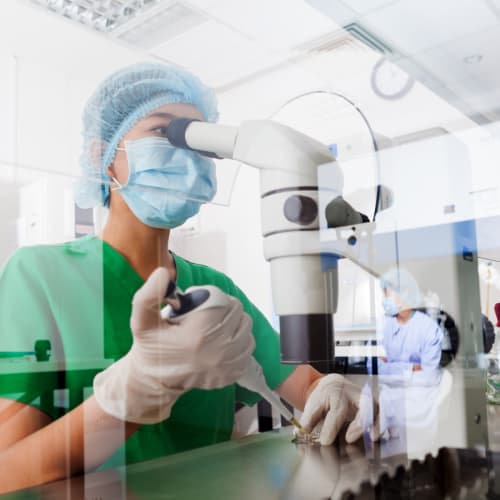USP <51> testing — also called preservative effectiveness or preservative challenge testing — covers 5 different types of potential contaminants, 2 fungal and 3 bacterial. These microbes are:
- Candida albicans (fungus/yeast)
- Aspergillus brasiliensis (filamentous mold)
- Escherichia coli (the bacteria commonly called E. coli)
- Pseudomonas aeruginosa (a common bacteria that threatens these types of products)
- Staphylococcus aureus (Staph bacteria)
In this type of testing, each contaminant is grown, harvested, and introduced into the testing samples in predetermined amounts and concentrations, following standardized testing methods. In general, 100-150 grams or ml of sample is required, which is then incubated at 22.5 degrees Celsius (+/- 2.5 degrees) for at least 28 days. Compendial articles are divided into four categories. The product category dictates both the time points the microbial population is assessed as well as the population reduction requirements at each respective time point.
The category type can be provided by the client, but BA Sciences can also help determine the product category in order to ensure testing is performed as appropriate. Samples are typically inspected at regular intervals depending on the category of the product, but 28 days is the required to make a reliable effectiveness determination for a given sample.
Following the inoculation period, samples and concentration levels are compared with testing standards, and a determination of product acceptability is delivered. This type of testing is a critical part of preventing the spread of some of the most common and dangerous microbes found in pharmaceutical products.
